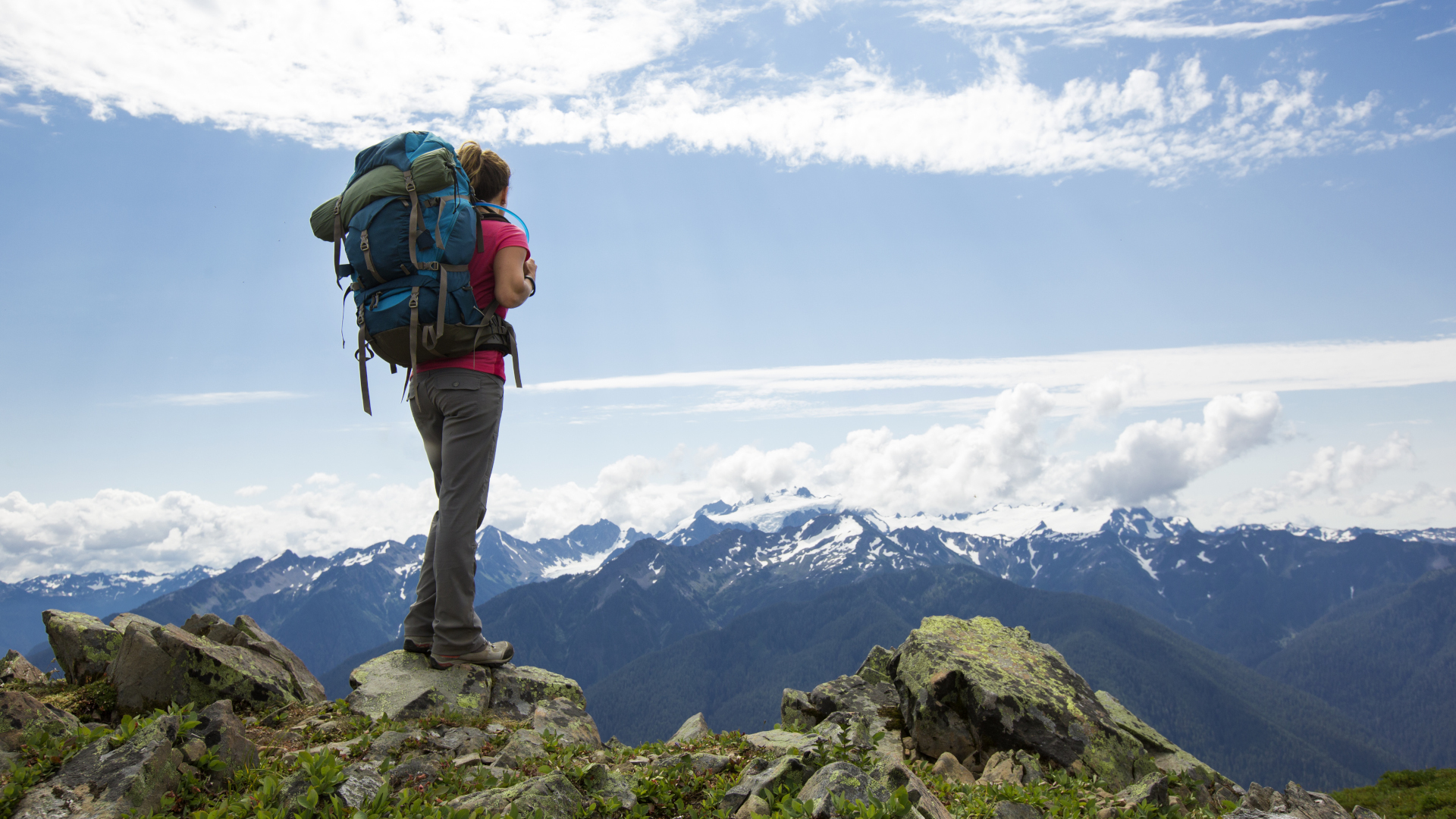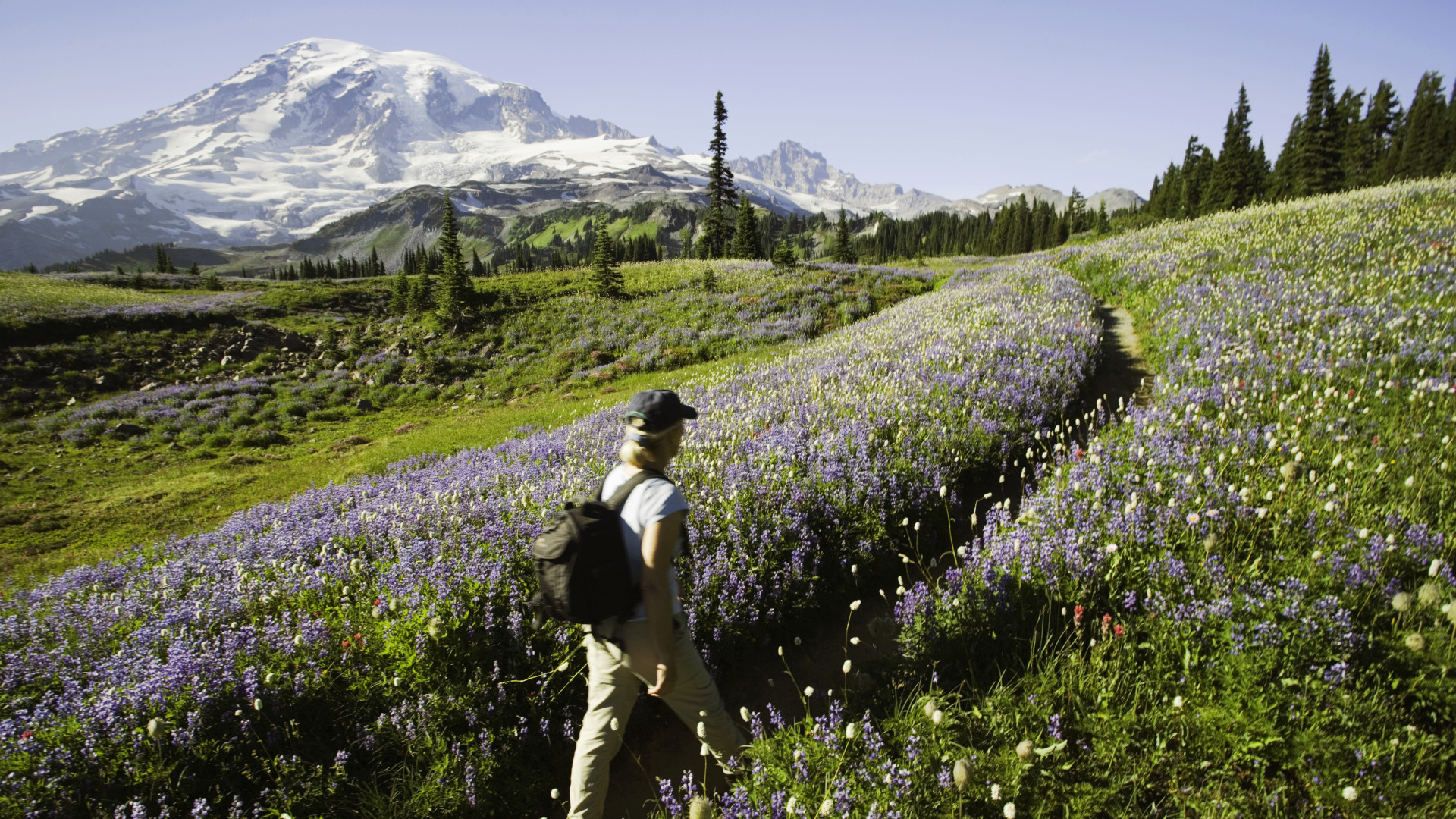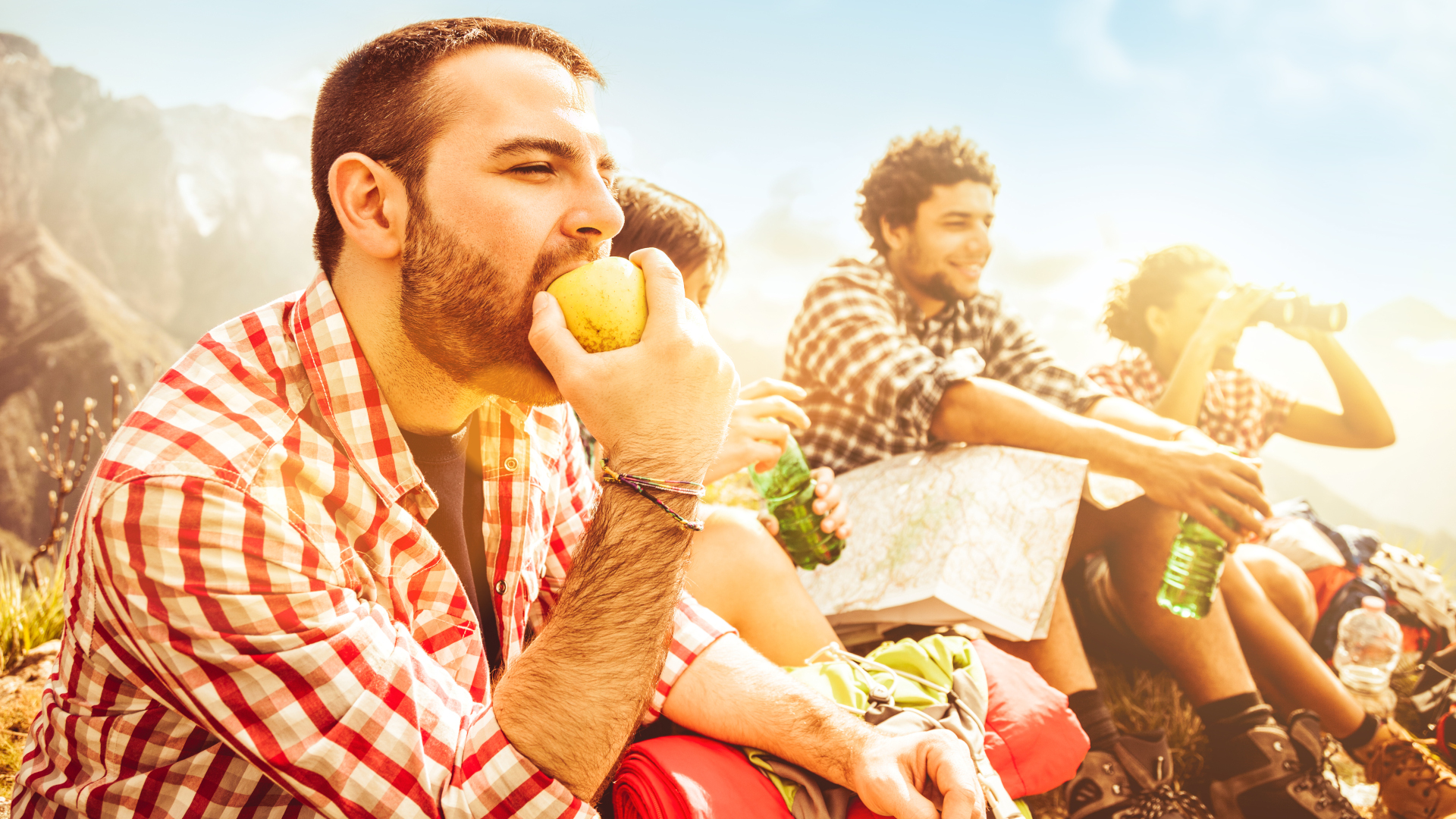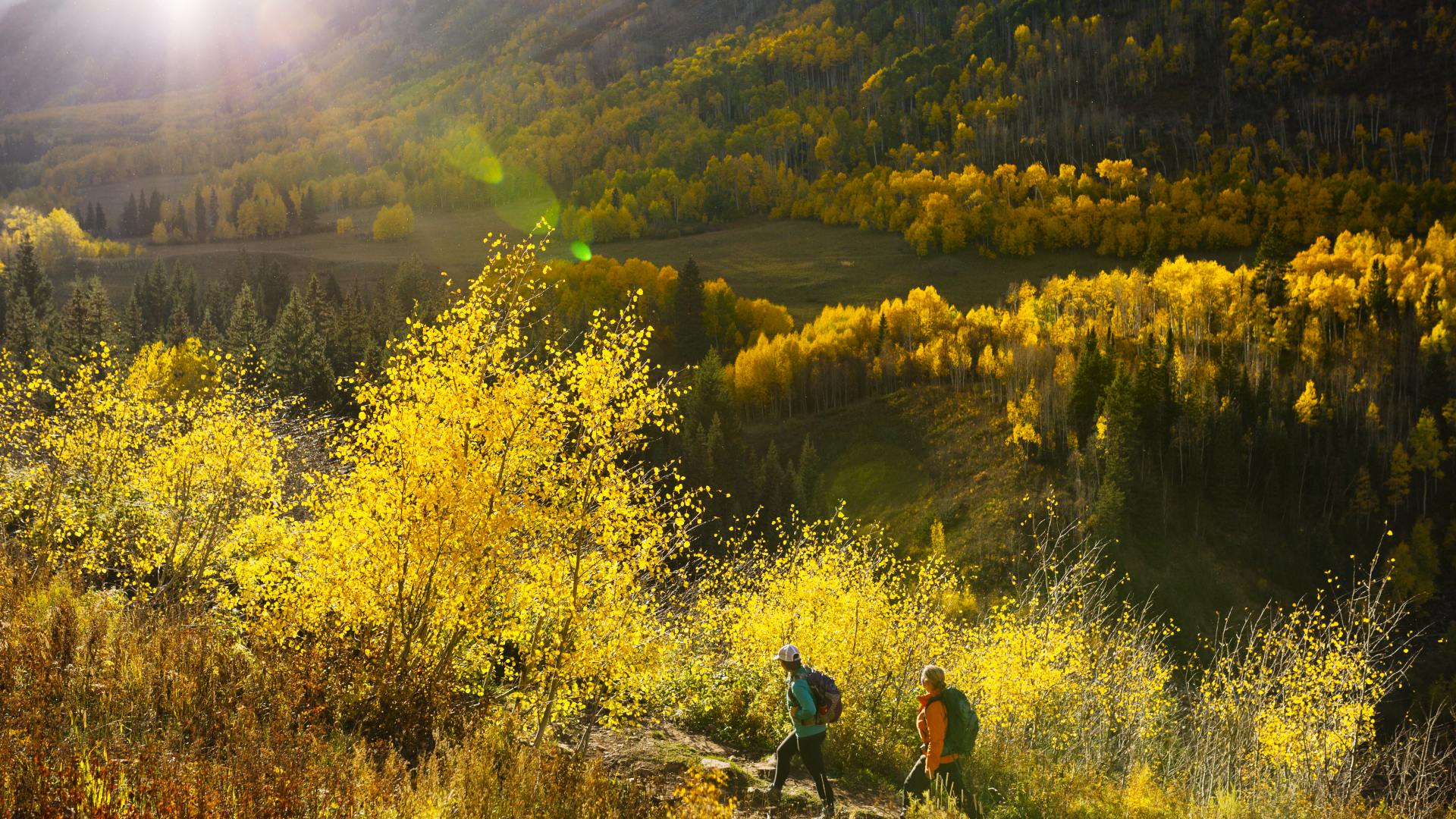When is hiking season?
We explain what is meant by hiking season, which time of year is considered best for hiking, and what to expect and plan for during each season on the trail

When winter’s icy crust starts to thaw, outdoor retailers and National Parks are often the first to decry that hiking season is about to begin, but does hiking really have a season? After all, can’t you just put your hiking boots on and walk uphill any time you want? In this article, we explain which time of year is considered best for hiking, and what to expect and plan for in each season on the trail.
When is hiking season?

Hiking season of course varies depending on where you are, but it generally refers to the months that have the mildest temperatures, the least rain and driest trails. Basically, this usually means late spring, summer and early fall, though of course there are areas where the trails are still snow covered until June or where it never really stops raining, and then there are other parts where the heat is so ferocious that July is off the table, so really, it depends.
What time of the year is best to hike?

We can’t count the number of times that we’ve quoted Alfred Wainwright on this, but as he said, there’s no bad weather, only the wrong clothes. In our humble opinion, with the exception of extreme, life threatening conditions like high avalanche risk, gale force winds and lightning storms, we think it’s always a good time of year to hike. Hiking is good exercise and green exercise, meaning that moving in nature has been shown to be fantastic for stress levels and mental health. The best time of year to hike is really defined by where you are and what you like and dislike, but with a little education and the right gear, we don’t see any good reason why you can’t be on the trail 12 months a year. That said, in most places you can expect some wildly varied conditions from one season to the next, so here are some tips for hiking in each season:
Spring hiking

Lots of people dust off their hiking boots with the arrival of spring and start getting back out on the trails. Longer days mean milder temperatures, so the risk of developing conditions like frostbite and hypothermia starts to subside, and you have more daylight hours to make it all fit. A major advantage of hiking in the spring is the opportunity to enjoy blooming wildflowers and the return of migrating birds, however you’ll often encounter the most rain and mud during this season. To prepare, make sure you own a good waterproof jacket and read our spring hiking tips.
Summer hiking

In all but the hottest, swampiest places, summer is considered by many to be the best time to go hiking. Spring’s rains have evaporated leaving nice, dry trails that you can enjoy with your fleece jacket tied around your waist. Summer is warm and a fabulous time to tackle longer hikes since you have so much daylight, and you can even combine your hikes with a bit of wild swimming to cool off. However this is also the busiest season for hiking which can mean crowded trails, there are usually more biting bugs and the hot weather means you have to take care to avoid heatstroke. Pack your insect repellent and sunscreen!
Fall hiking

In many ways, autumn might actually be the best season for hiking. Summer’s heat has dissipated but it’s not freezing cold yet, and fall tends to be much drier than spring. The wildflowers will be long gone, but the fall foliage can be resplendent, the crowds will die down too and we honestly can’t think of a whole lot of reasons not to be hiking all the time in fall, though in certain areas, you’ll want to wear bright orange if there are going to be hunters around. Be sure to carry a warmer layer like a down jacket, and be careful when exploring higher elevations as the cooling weather patterns can mean sudden cold and snow up high.
Winter hiking

While many people don’t consider winter to be part of hiking season, if you’re prepared, it can offer some of the most wondrous walking known to man. You’ll want to understand what to wear for winter hiking to stay safe and comfortable, but with the right layers, you can hike in most temperatures. In places where the hills aren’t too high and there isn’t much snow, you might simply be able to enjoy your regular hikes, only on hard, frozen ground, which is easy enough.
All the latest inspiration, tips and guides to help you plan your next Advnture!
The landscape is certainly less colorful in the winter, but this can carry its own stark beauty and if there’s snow, it can be magical. The days are short so early mornings and evenings are out, and for snowy conditions, you’ll need to know how to use gear such as snowshoes, Yaktrax or crampons and for steeper grades, get some training in avalanche safety. All that aside, you’re unlikely to see many other people on the trail and can enjoy some real solitude – read our winter hiking tips to prepare.
Julia Clarke is a staff writer for Advnture.com and the author of the book Restorative Yoga for Beginners. She loves to explore mountains on foot, bike, skis and belay and then recover on the the yoga mat. Julia graduated with a degree in journalism in 2004 and spent eight years working as a radio presenter in Kansas City, Vermont, Boston and New York City before discovering the joys of the Rocky Mountains. She then detoured west to Colorado and enjoyed 11 years teaching yoga in Vail before returning to her hometown of Glasgow, Scotland in 2020 to focus on family and writing.

